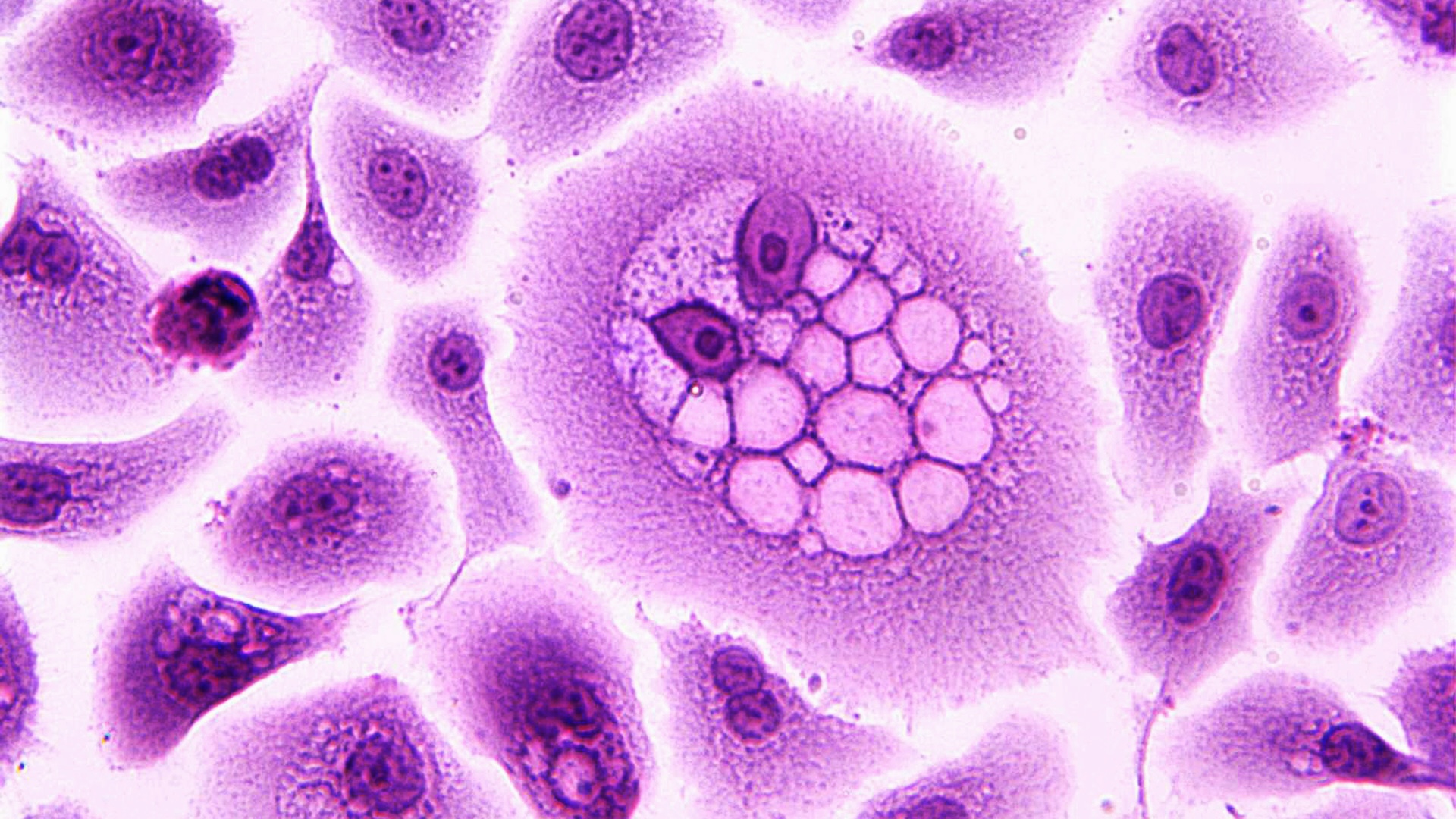J. Compos. Sci., Vol. 7, Pages 226: Studies of Utilization of Technogenic Raw Materials in the Synthesis of Cement Clinker from It and Further Production of Portland Cement
Journal of Composites Science doi: 10.3390/jcs7060226
Authors: Nurgali Zhanikulov Bayan Sapargaliyeva Aktolkyn Agabekova Yana Alfereva Aidin Baidibekova Samal Syrlybekkyzy Lazzat Nurshakhanova Farida Nurbayeva Gulzhan Sabyrbaeva Yergazy Zhatkanbayev Pavel Kozlov Aizhan Izbassar Olga Kolesnikova
Four series of experiments were carried out to study the possibility of replacing clay and an iron-containing component with tefritobasalt and lead slag as part of the initial charge for Portland cement. The experiments were carried out at atmospheric pressure and a temperature of 1350 °C. It was shown that the replacement of clay and an iron-containing component with tefritobasalt and lead slag as part of the initial charge in the cement industry will lead to a decrease in temperature by 100 °C in the technological scheme of production and a reduction in energy consumption, since the theoretical specific consumption of raw materials is 1.481 t/t of clinker, which is approximately 70 kg lower than in traditional mixtures. The content of non-traditional components in total was 24.69%. In addition, tefritobasalts improved clinker formation processes, contributed to a decrease in the firing temperature, and intensified the clinker firing process. A small amount of lead slag (5.06%) introduced into the mixture changed the structure of the clinker and improved the process of mineral formation while also improving roasting and reducing the anthropogenic impact on the environment through the disposal of man-made waste. The strength of the experimental composite cements was tested after 7 and 28 days on small samples measuring 2 × 2 × 2 cm. The physicomechanical characteristics and structure of composite cements were studied.

 1 year ago
31
1 year ago
31


